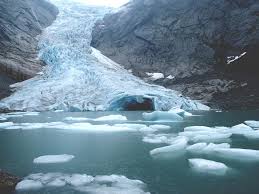The common refrain from those who struggle to commit to a full belief in climate change is something along the lines of, “I’m not a scientist, but…” The City of Los Angeles was warned of the dire consequences of not making major attempts to halt the release of carbon into the atmosphere in 1989. On the 30-year anniversary of the report from the City, the authors and researchers of the report are looking back at how accurate their predictions have been.
On the same day as the 2020 debate among the candidates for the Democratic nomination for the U.S. Presidency spent just 15 minutes discussing the issue, The Los Angeles Times looked back at three decades of inaction in California. The report was commissioned by the City of Los Angeles using the information garnered from studies at the state level and from the Environmental Protection Agency.
The report was recently unearthed by climate researcher and campaigner, Gary Estes and forms the basis of this years California Extreme Precipitation Symposium. Estes discovered the report in a storage box and decided the time was right to look back on its accuracy three decades after it was written. One of the most impressive aspects of the report is the accuracy with which it made its predictions, including the revelation of no increase in annual rainfall across the state. The report also explained the continuing expansion of the release of carbon-based gases into the atmosphere would result in a rise in temperature of around three degrees. A recent study from the state of California gave a similar temperature rise which will be reached across the state by 2050.
Despite making some ecological programs a priority in recent years, California and Los Angeles are both expected to see an increase in emissions from pollution sources in the coming years. The report predicted the lack of rainfall increases would not affect the rising numbers of floods, wildfires, and storms seen across the state. The major issue is the rising temperatures will result in a smaller snowcap in the mountainous region with higher levels of melting possible.






